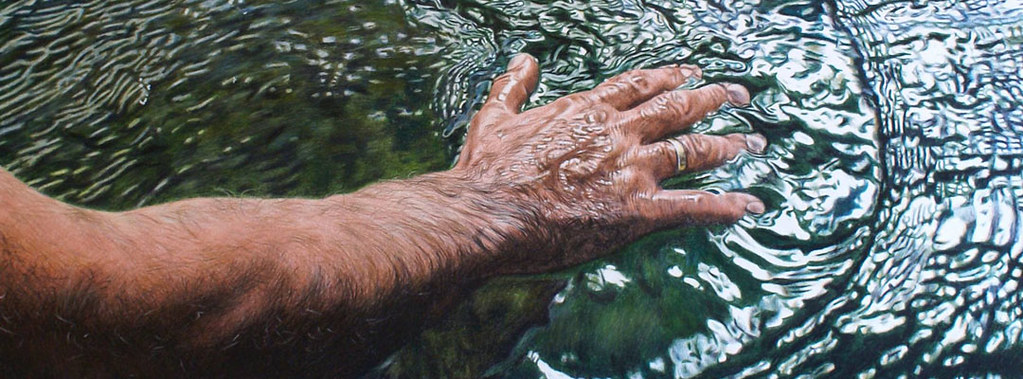Hello readers,
Today I pose a question, one that the majority of people reading
this will have never considered.
"How much of a trace do you leave during your day to day
routine?"
I'm not talking about a digital trace like CCTV imagery, using your
credit card or signing in at work. I'm referring to the physical trace you
leave behind. Let me give you a few examples. Do any of you travel on public
transport? Well whilst using this service you will most likely leave a trace of
skin cells, hair fiber's, saliva etc. A bit disgusting but we all do it. Also
how many times have you dropped that cigarette butt on the floor, or flicked
that piece of chewing gum away when it's lost its taste? Every day we leave a
physical trace without ever considering it.
How many times have you seen a used cigarette in the street?
The people of
Brooklyn probably didn't consider it either, but unknown to them there was someone
who had considered it and was using it in a way they would never of expected.
The examples of the physical trace I gave all had a connection, something that
linked them back to the person responsible. That connection is DNA, and we
leave a trace of our DNA no matter how small where ever we go.
So why I am asking this question and talking about DNA and discarded
pieces of chewing gum? Well DNA holds a genetic blueprint of whoever it belongs
to, so in theory a person's genetic blueprint could be obtained from a used
cigarette.
In Brooklyn information artist Heather Dewey-Hagborg wanted to find
out what kind of characteristics of a person could be unlocked solely using
their DNA.
Working with Genspace, a local DIY genetics lab in Brooklyn, Heather met several
biologists who taught her everything she needed to know about molecular biology
and DNA. Using a technique called PCR (Polymerase Chain Reaction) allowed
heather to study regions of the human genome that differed from person to
person. These are called SNPs or Single Nucleotide Polymorphisms.
Allowing her to identify certain characteristics.
So working with the genetics lab the data extracted from this
process would be analyzed in a computer program developed by heather. This
could then determine physical traits from which a digital 3D model can be
created of the subjects face. Heather would add some finishing touches to the
model using 3D software before getting the face physically printed with a Zcorp printer.
Below are a selection of portraits created from Heather process.
Heather admits that this process can't be 100% accurate as the data
obtained from the genome has no way of determining age, so she makes
all the portraits as if the person was around 25 years of age. These portraits
are more an approximation of the anonymous subject, a family
resemblance, rather than a life like representation.
Heather Dewey-Hagborg with a self portrait using her own DNA.
When exhibiting this work there is no way to tell how accurate these
portraits are, as a subject has never recognized themselves in one of her exhibitions.
But under each portrait the is an example of where the DNA came from the the
characteristics obtain from the DNA.
Heather's Portraits on show.
Example of where the subjects DNA was obtained and
the characteristics that resulted from the process.
So think about this the next time you throw that cigarette on the
floor.
Thanks for reading.
Ryan Blackburn - Media Productions













No comments:
Post a Comment
Thanks for submitting a comment. Don't forget to visit www.sovibrant.co.uk to learn more about our work.